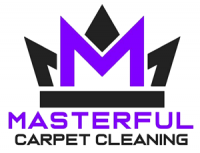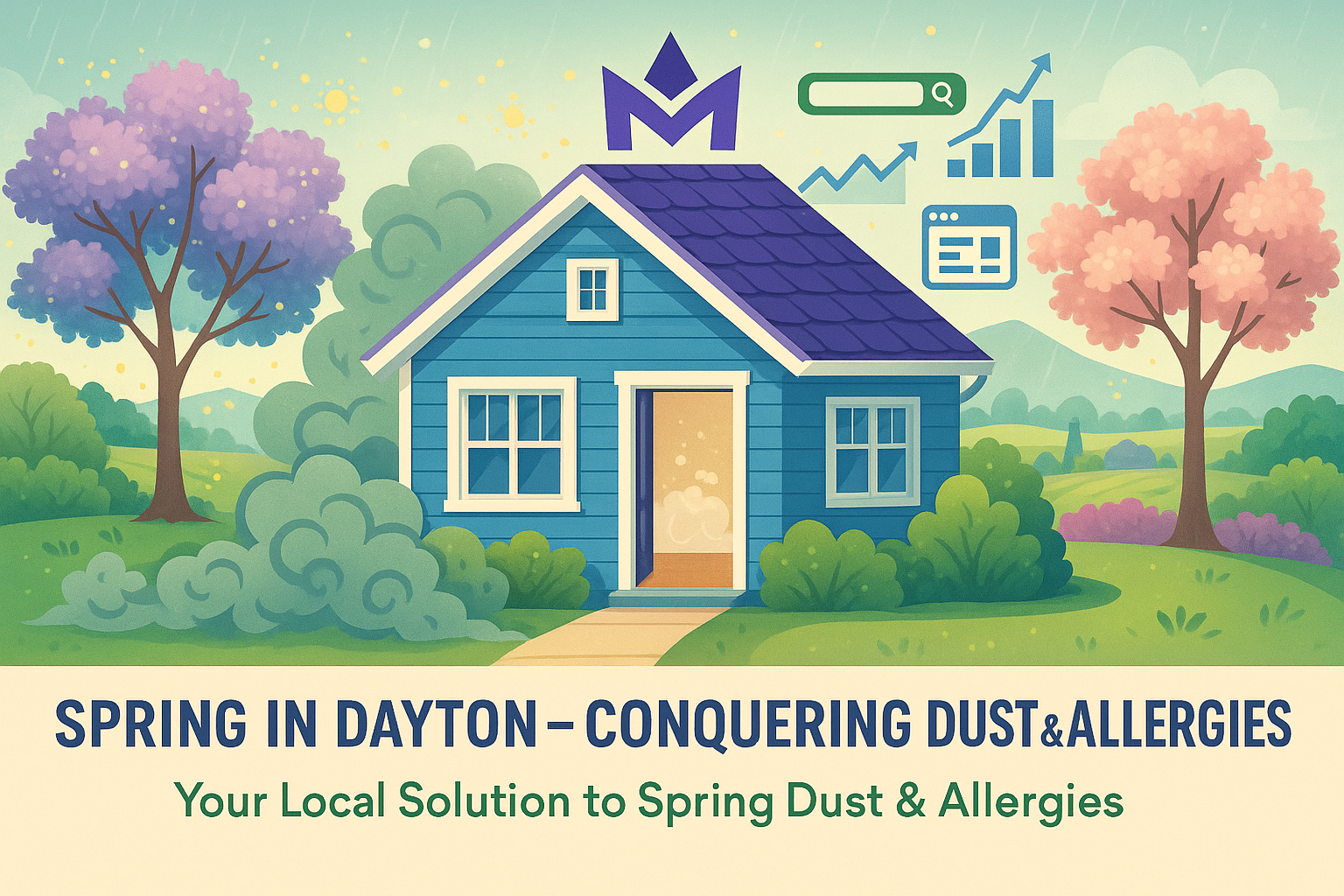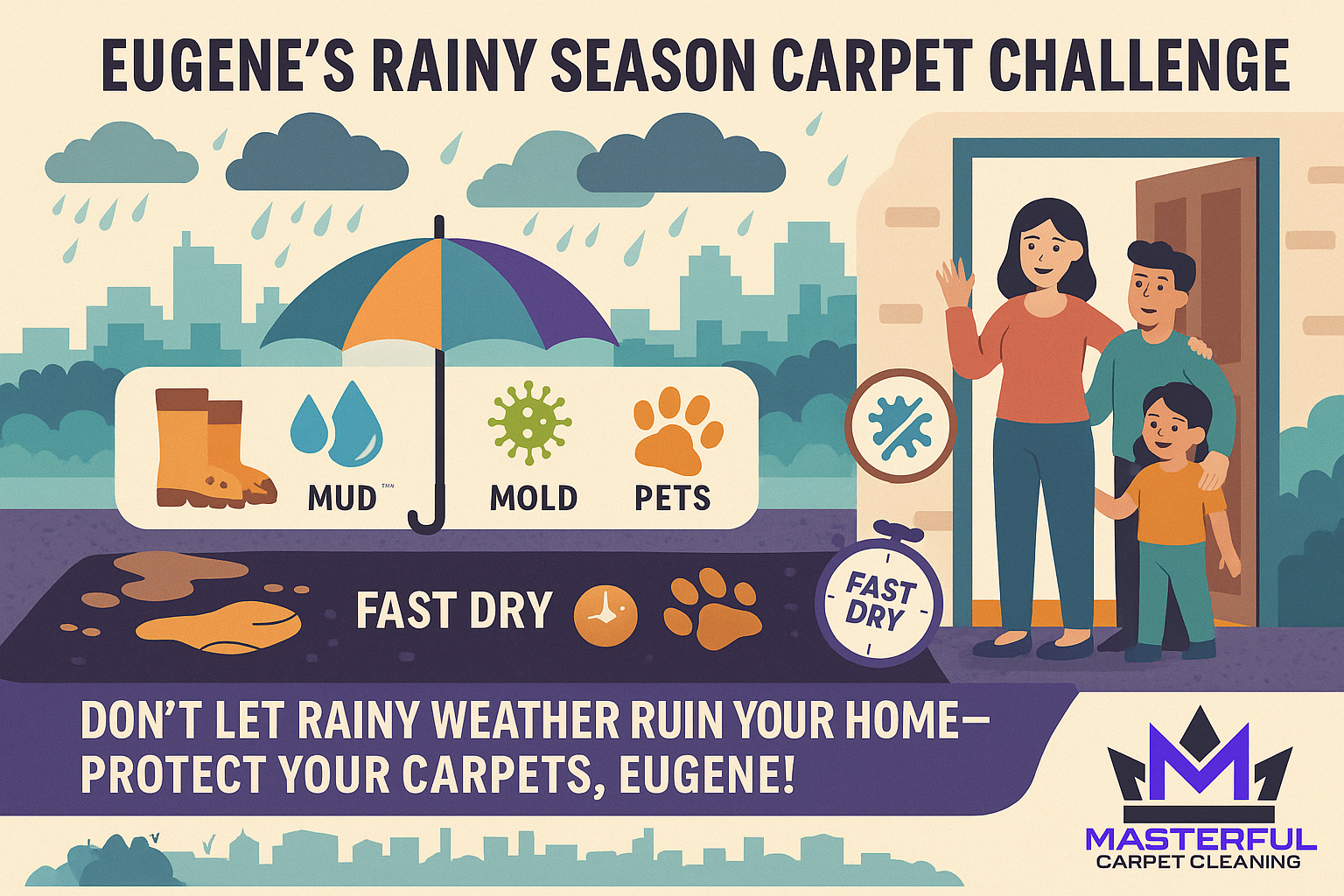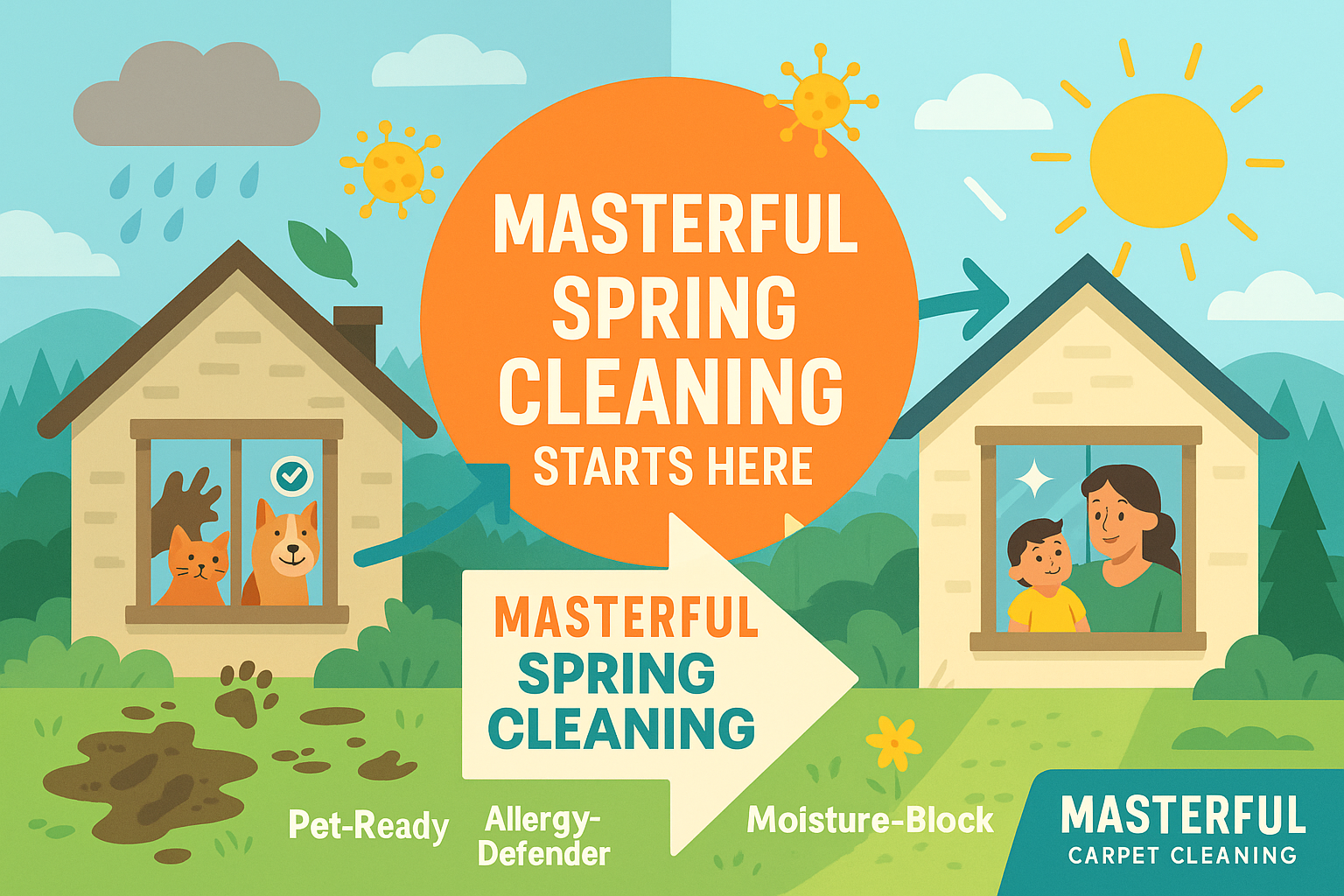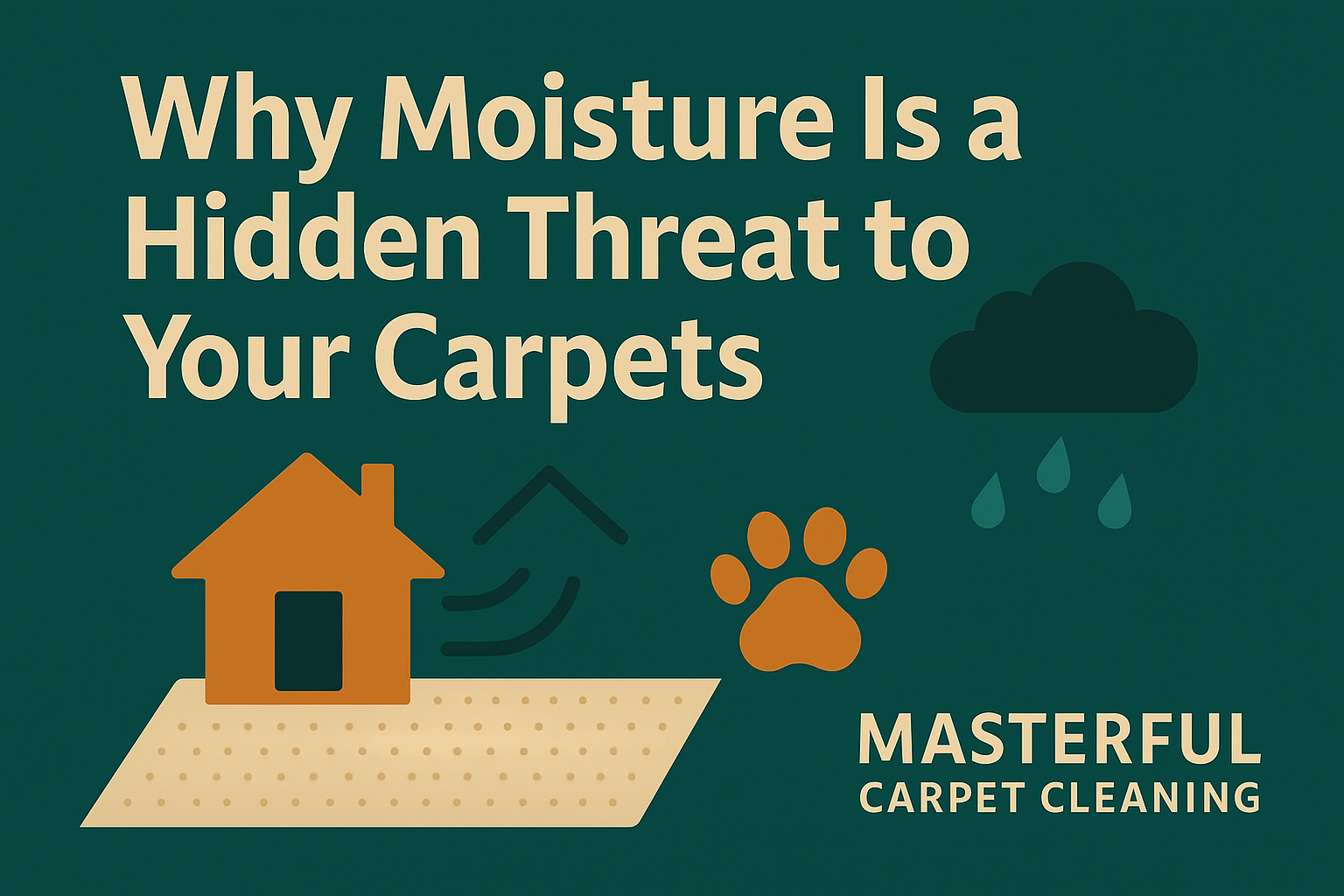The Art of Wool Carpet Maintenance: Preserving Natural Beauty
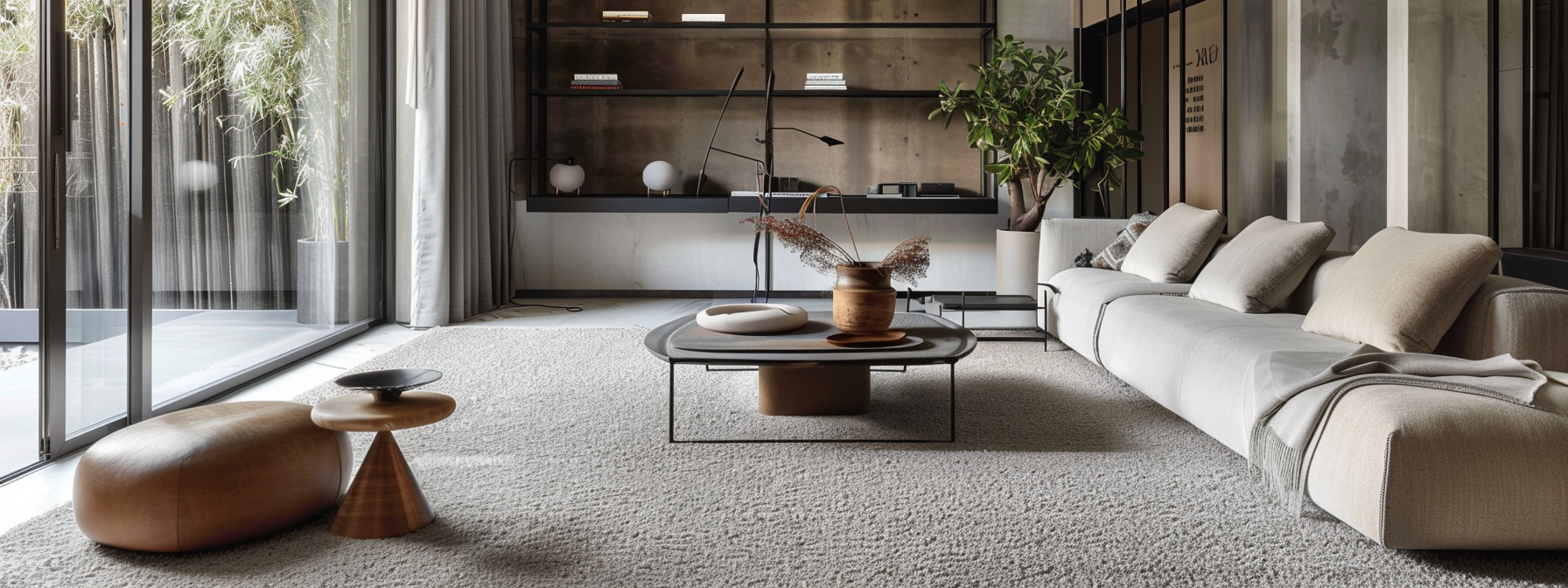
Wool carpets are renowned for their exceptional quality and timeless appeal, offering a combination of aesthetic elegance and practical benefits. These carpets are crafted from the natural fibers of sheep, making them a premium choice for both residential and commercial settings.
A wool carpet is made from the natural, soft fibers sheared from sheep. These fibers are spun into yarn and then woven or tufted to create a carpet known for its resilience and insulation properties.
Inherent Benefits of Wool Carpets
- Durability: Wool fibers are naturally strong and flexible, allowing wool carpets to withstand heavy foot traffic and compressive forces. This resilience makes wool carpets a long lasting investment, capable of retaining their shape and texture for years.
- Comfort: Wool is a natural insulator, providing a warm and cozy surface underfoot. Its fibers are soft yet dense, offering a plush feel that enhances the comfort of any room.
- Hypoallergenic Properties: Wool carpets are inherently hypoallergenic; they naturally resist dust mites, mold, and fungi, making them an excellent choice for allergy sufferers. The structure of wool fibers helps in trapping dust and pollen, reducing airborne allergens in the environment.
- Natural Humidity Control: Wool has the ability to absorb and release moisture from the indoor air, helping to regulate humidity levels. This quality makes wool carpets naturally resistant to static electricity build-up.
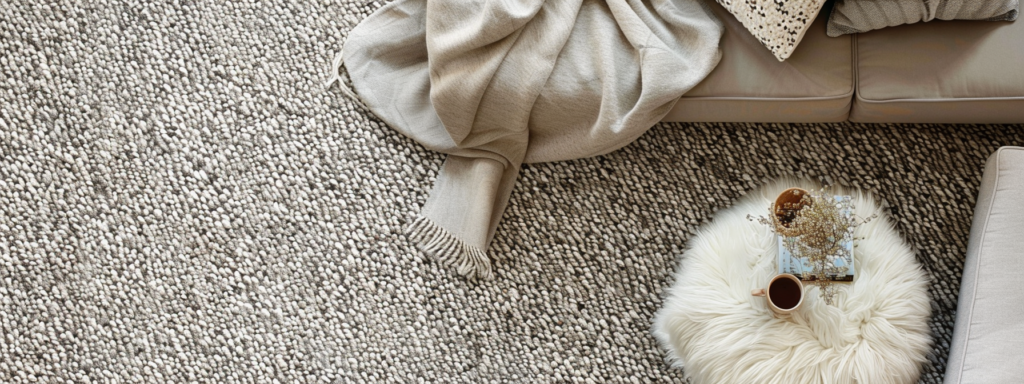
Why Specialized Care is Essential
Wool carpets require specific maintenance techniques to preserve their natural beauty and functional attributes.
Due to their unique fiber structure, wool carpets must be cleaned with pH-neutral detergents and without excessive heat, as harsh chemicals and high temperatures can damage the fibers and cause shrinkage or color fading. Regular, gentle cleaning and immediate stain removal are key to maintaining the integrity and longevity of a wool carpet.
Knowing these characteristics underscores the need for tailored care strategies that align with wool’s natural properties, ensuring that wool carpets continue to offer beauty, comfort, and durability throughout their use. This specialized care not only maintains the aesthetic appeal of wool carpets but also protects the investment by extending their life.
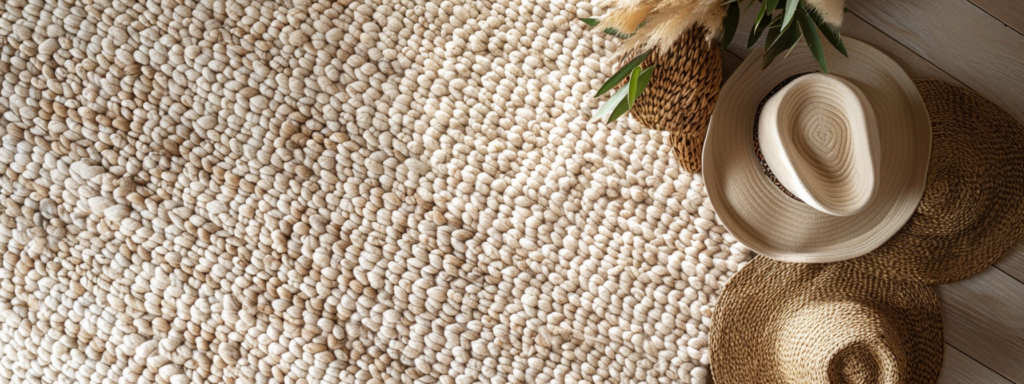
Daily and Weekly Maintenance Techniques
Maintaining the pristine condition of wool carpets doesn’t require excessive effort but does need consistent care. Implementing simple daily and weekly practices can significantly extend the life and beauty of your wool carpets.
Routine Maintenance Practices
- Remove Shoes: Encourage household members and guests to remove their shoes before walking on the carpet. This prevents dirt, debris, and abrasive substances from being tracked onto the carpet, which can damage the wool fibers over time.
- Use Wool-Safe Vacuum Cleaners: Regular vacuuming is important for removing surface dirt and dust that can embed deeper into the carpet. Use a vacuum cleaner with settings appropriate for wool carpets, ideally with adjustable suction power to avoid pulling on the fibers.
- Immediate Spot Cleaning: Attend to spills and stains immediately to prevent them from setting into the fibers. Use a clean, absorbent cloth to blot the spill gently, working from the outside in to contain the spill.
- Avoid Direct Sunlight: Protect your wool carpets from prolonged exposure to direct sunlight by using curtains or blinds. UV light can fade the natural dyes in wool carpets, altering their appearance and weakening the fibers.
- Rotate Carpets Regularly: To ensure even wear, rotate your wool carpets every six months, especially if they are placed in high-traffic areas or in direct sunlight.
Do’s and Don’ts for Wool Carpet Maintenance
- Do use a gentle touch when vacuuming. Wool fibers are delicate and can be damaged by aggressive brushing.
- Don’t use hot water or steam cleaners. High temperatures can shrink wool fibers and cause permanent damage.
- Do clean spills with cold water and a pH-neutral cleaner formulated for wool. This helps maintain the carpet’s color and texture integrity.
- Don’t rub spills aggressively. Always blot gently to avoid spreading the stain or damaging the fibers.
- Do employ professional cleaning services annually or bi-annually, depending on foot traffic, to deep clean and refresh your wool carpets.
Following these straightforward daily and weekly maintenance techniques ensures that your wool carpets remain a luxurious and comfortable feature in your home for many years to come. By adhering to these simple guidelines, you can protect your investment and enjoy the natural beauty and benefits of wool carpeting without unnecessary wear and tear.
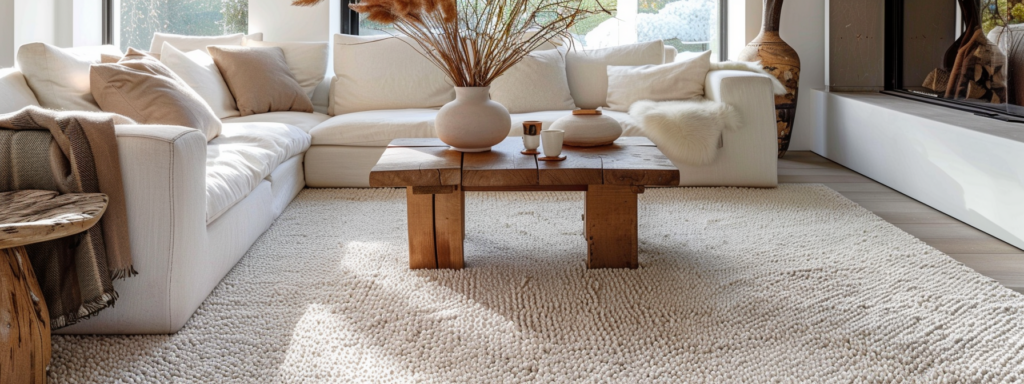
Dealing with Spills and Stains on Wool
Immediate and appropriate action is important when dealing with spills on wool carpets to prevent them from becoming permanent stains. Knowing the proper techniques and choosing the right cleaning solutions can significantly mitigate potential damage and maintain the carpet’s aesthetic and structural integrity.
Immediate Measures for Spill Response
- Act Quickly: The sooner you address a spill, the less likely it is to set into the fibers and cause a permanent stain. A quick response can prevent the liquid from seeping deeper into the wool.
- Blot, Don’t Rub: Use a clean, absorbent cloth or paper towel to gently blot the spill. Press down firmly to absorb as much of the liquid as possible.
- Blotting involves pressing straight down on the spill to soak it up. This method helps to lift the moisture out of the carpet without spreading the stain further or damaging the fibers.
- Rubbing a spill can push the liquid deeper into the fibers, spread the stain, and even cause the wool to pill or fray. Always avoid rubbing as it compromises the carpet’s texture and appearance.
- Rinse with Cold Water: After blotting, if a stain remains, lightly apply cold water to the area and continue to blot. This helps to dilute the spill without causing shrinkage or color running.
- Apply a pH-Neutral Cleaner: If water alone does not remove the stain, use a wool-safe, pH-neutral detergent to treat the area. These cleaners are specifically formulated to be gentle on wool fibers while effectively cleaning them.
- pH-Neutral Cleaners: These are cleaning solutions that have a pH level close to water (pH 7), making them mild enough to not harm wool fibers or strip away their natural oils. Using alkaline or acidic cleaners can alter the color and texture of wool, potentially causing irreversible damage.
- Dry the Area Thoroughly: Once the stain has been treated, ensure the area is dried completely. Use a dry cloth to absorb remaining moisture, then allow the carpet to air-dry away from direct heat or sunlight.
Additional Tips
- Always test any cleaner on a small, inconspicuous area of the carpet before applying it to a visible section.
- For persistent or complicated stains, consider consulting a professional carpet cleaner who specializes in wool.
By following these guidelines, you can effectively manage spills and minimize the risk of permanent stains on your wool carpets, preserving their beauty and extending their lifespan.
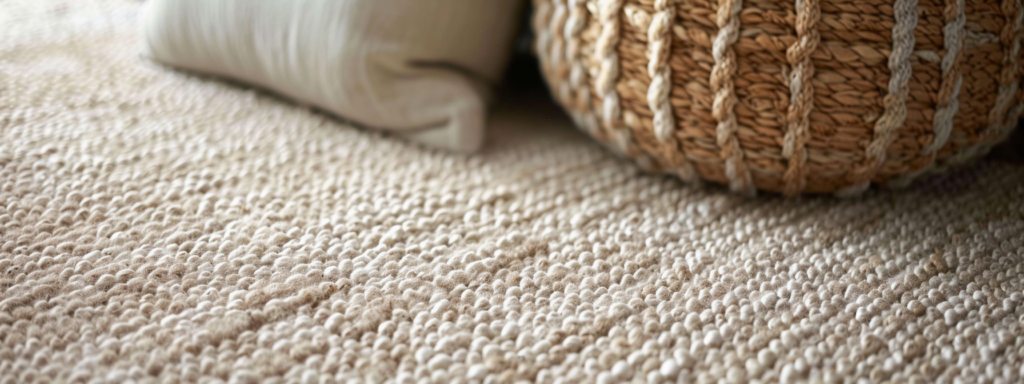
Seasonal Wool Carpet Care
Seasonal changes can significantly impact the condition and longevity of wool carpets. Factors such as humidity, indoor heating, and variations in temperature can affect the fibers, potentially leading to issues like shrinking, stretching, or mold growth. Knowing these challenges and implementing seasonal care strategies can help maintain the natural beauty and durability of wool carpets.
Seasonal Challenges and Solutions
- Winter and Dry Indoor Heating:
- Challenge: Dry indoor heating can cause wool fibers to lose moisture, making them brittle and more prone to damage.
- Solution: Use a humidifier to maintain indoor humidity levels between 40-60%. This range helps preserve the natural moisture of wool fibers and prevents them from becoming dry and brittle.
- Summer and High Humidity:
- Challenge: High humidity can cause wool carpets to absorb moisture, leading to swelling and the potential for mold and mildew development.
- Solution: Use dehumidifiers or air conditioners to manage indoor humidity levels. Ensure good ventilation, especially in areas like basements where humidity tends to be higher.
- Spring and Allergens:
- Challenge: Spring often brings an increase in allergens like pollen, which can get trapped in carpet fibers.
- Solution: Increase the frequency of vacuuming to remove allergens and consider having your wool carpets professionally cleaned at the start of the season to remove any embedded debris.
- Fall and Increased Debris:
- Challenge: Fall can bring more outdoor debris like leaves and mud, which can be tracked inside and embedded in carpet fibers.
- Solution: Place robust doormats at all entry points to catch debris and encourage a no-shoe policy indoors to minimize dirt being tracked onto the carpet.
Maintenance Tips for Seasonal Care
- Rotate Carpets Regularly: Rotating your carpets seasonally can prevent uneven wear and fading from sunlight exposure, especially during the sunnier months.
- Spot Clean Spills Immediately: Regardless of the season, address spills quickly to prevent stains, using cleaning solutions suitable for wool.
- Professional Cleaning: Schedule a professional cleaning at least once a year, ideally during a transition between seasons, to prepare your carpet for the coming changes.
- Check for Moth Activity: During the warmer months, be vigilant about moth activity, which can be detrimental to wool carpets. Use natural deterrents like cedar blocks or sachets of lavender to ward off moths without damaging the fibers.
By adapting your wool carpet care routines to address seasonal variations, you can significantly extend the life of your carpets and ensure they remain a healthy and attractive part of your home throughout the year.
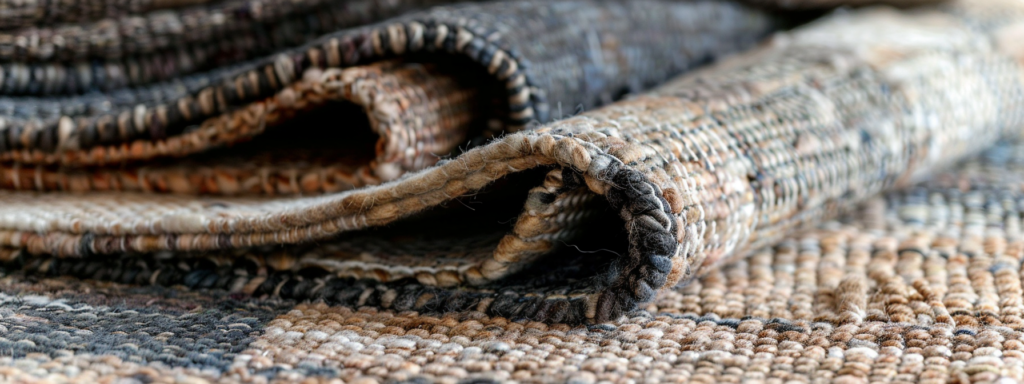
Professional Wool Carpet Cleaning
While regular home maintenance is important, professional cleanings are essential for extending the life and preserving the natural beauty of wool carpets. Professionals have the tools, techniques, and specific knowledge required to deeply clean wool without causing damage.
Frequency of Professional Cleanings
- General Recommendation: Wool carpets should be professionally cleaned every 12 to 18 months. This frequency can be adjusted based on factors such as foot traffic, presence of pets, allergies, or specific manufacturer recommendations.
- High Traffic Areas: In homes with high traffic or commercial settings, professional cleaning may be needed more frequently, approximately every 6 to 12 months, to address the increased accumulation of dirt and wear.
Criteria for Choosing a Wool Carpet Cleaning Service
When selecting a professional carpet cleaning service, consider the following factors to ensure your wool carpets are treated with the care they deserve:
- Specialization in Wool: Opt for a service that specifically advertises expertise in wool carpets. Wool requires particular cleaning methods and chemicals, so it’s important to choose a cleaner who understands and caters to these needs.
- Certifications and Training: Look for certifications from recognized industry organizations such as the Institute of Inspection, Cleaning and Restoration Certification (IICRC). Certified professionals have undergone specific training and are likely to have a better understanding of the unique requirements of wool carpet care.
- Eco-Friendly and Wool-Safe Products: Ensure the cleaning service uses products that are specifically marked as safe for wool. These products should be gentle, pH-neutral, and free of harsh chemicals that can degrade wool fibers over time.
- Experience and References: Check for reviews or ask for references from other wool carpet owners who have used the cleaning service. Experience with wool carpets is important, as improper cleaning techniques can irreversibly damage the carpet.
- Insurance and Guarantees: A reputable carpet cleaning service should offer a guarantee of their work and carry insurance to protect against any accidental damage during the cleaning process.
- Pre-cleaning Inspection and Quote: A professional service should offer to inspect your carpet and provide a detailed quote before beginning any work. This inspection can identify any issues such as existing damage or stains, and the quote should outline the specific services provided and the total cost.
Professional Cleaning Benefits
Professional cleaning not only extends the life of your wool carpets but also revitalizes their appearance, enhancing their texture and color. It also contributes to a healthier indoor environment by thoroughly removing accumulated dust, allergens, and bacteria.
By following these guidelines and scheduling regular professional cleanings, you can ensure that your wool carpets remain a luxurious and durable feature of your home.
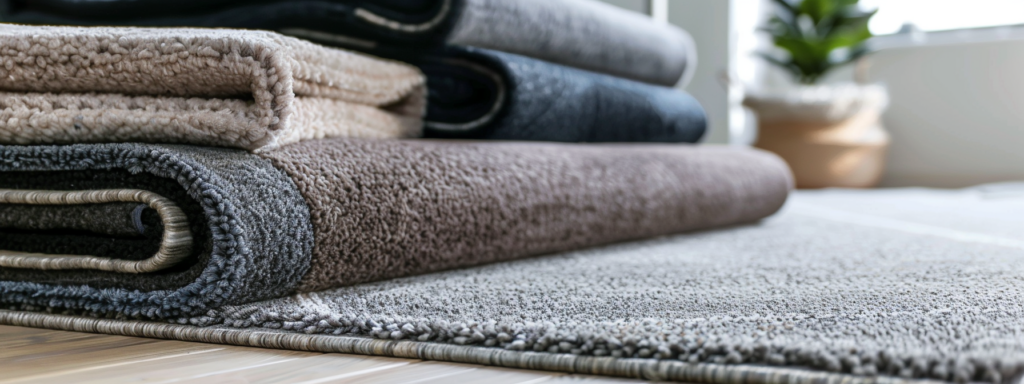
Wool Carpet Longevity
Maintaining the natural beauty and extending the lifespan of wool carpets is both an art and a science. By adhering to specific care practices, you can ensure that your wool carpets remain as vibrant and plush as the day they were installed. Here’s a summary to keep in mind for optimal wool carpet maintenance.
Wool Carpet Maintenance
- Routine Cleaning: Regular vacuuming with a wool-safe vacuum cleaner is key to preventing dirt from settling deep into the fibers, which can lead to premature wear.
- Immediate Stain Management: Quickly addressing spills and stains using the correct techniques, blotting rather than rubbing, is important for avoiding permanent damage. Employing pH-neutral cleaners ensures that the natural integrity of the wool fibers is preserved.
- Avoidance of Excessive Moisture and Heat: Wool carpets should be shielded from prolonged moisture and direct heat, which can degrade the fibers and lead to shrinkage or distortion.
- Protection from Sunlight: Minimizing exposure to direct sunlight prevents the fading of natural dyes and the weakening of fibers, helping maintain the vibrant color and structural integrity of your carpet.
- Professional Care: Regular professional cleaning by experts who specialize in wool is vital for deep cleaning and revitalizing the fibers, which home maintenance alone cannot achieve.
- Adaptation to Environmental Changes: Seasonal care adjustments, such as using humidifiers or dehumidifiers and increasing ventilation, can mitigate the effects of environmental factors like humidity and indoor heating on wool carpets.
To ensure that your wool carpets continue to provide beauty, comfort, and value for years to come, it’s essential to adhere to a regular maintenance schedule and seek advice from professionals. Consider setting reminders for routine maintenance tasks, and schedule annual or biannual professional cleanings depending on your specific circumstances.
Remember, investing time in the care of your wool carpets is investing in the longevity and aesthetics of your home’s decor.
Author
-

As the Co-Owner of Masterful, Randy has been providing quality cleaning services to the Salem and Portland areas of Oregon for many years. He has built a reputation for excellence in the industry. His team take prides in using the latest cleaning techniques and technologies to deliver exceptional results every time.
View all posts
